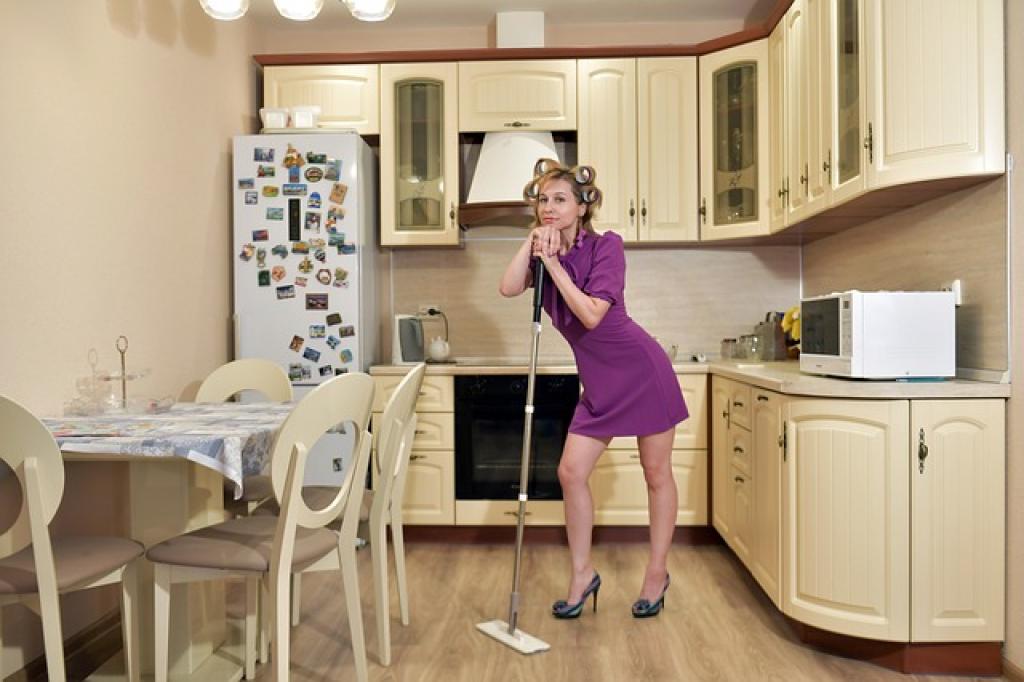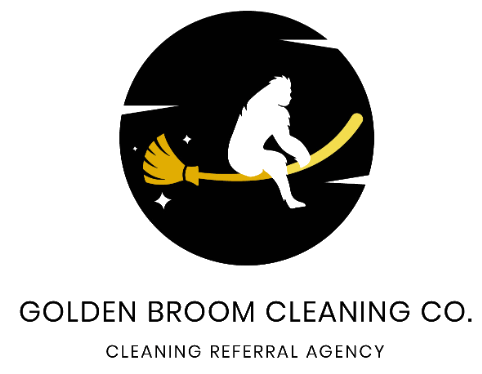Picture this: you’re stepping into a home where every nook and cranny sparkles. It’s not just clean; it’s deeply, truly clean. A deep clean can remarkably transform your space, redefining what “clean” really feels like. But what exactly does this magic involve?
It’s more than just the usual vacuuming and dusting. A house deep clean gets into the hidden corners and forgotten areas, tackling grime and dirt that has accumulated over time. It’s like spring cleaning on steroids but can be done any time of the year.
We’re talking about scrubbing down appliances, cleaning behind furniture, and getting those baseboards and ceiling fans gleaming again. Think washing windows inside and out and refreshing grout in tile floors. A deep clean dives into the details that you might gloss over in a weekly clean-up.
Ready to roll up your sleeves or maybe hire a pro? Either way, understanding what a deep clean entails will make your space feel like new.
Understanding the Scope of a Deep Clean
When diving into a deep clean, it’s essential to grasp how extensive the task is. Unlike regular tidying, this process is all about hitting reset on your home environment.
Start by breaking down each room—each space demands its own list of tasks. In the kitchen, it’s not just about wiping down the counters. You’re cleaning out the fridge, scouring the oven, and disinfecting cabinet doors.
Bathrooms transform drastically with a deep scrub of tiles, toilets, and tubs. Look beyond the obvious; clean the showerhead too, and sanitize those often-touched light switches and door handles.
Living areas and bedrooms benefit from moving furniture to access hidden dust monsters, cleaning upholstery, and maybe even sending curtains for a wash. It’s a perfect excuse to shampoo carpets or spot-treat those mystery stains.
Don’t overlook the less thought-of spots: vent covers, closet corners, and the tops of picture frames need attention too.
It might seem overwhelming, but remember, deep cleaning refreshes your home’s vibe. Just tackle one area at a time, or consider calling in professional reinforcements if it feels too daunting. Your sparkling sanctuary awaits!
Creating a Detailed Cleaning Checklist
Getting organized can turn a monumental task into a doable project. A checklist is your roadmap to cleaning success, allowing you to track and cross off tasks as you go, which can feel oh-so-satisfying.
Start by listing each room and the specific tasks needed. Consider organizing your tasks by level of effort or time it might take. In the kitchen, for instance, jot down tasks like “clean microwave” right next to “organize pantry shelves.”
Crafting Your List
Enlist some common cleaning supplies to ensure you have everything at your fingertips. Things like all-purpose cleaner, microfiber cloths, and perhaps a trusted old toothbrush for those corners can be lifesavers.
In bedrooms, include dusting blinds and flipping the mattress, while in living spaces, remind yourself to vacuum under and around furniture. Remember, those pesky window sills need love, too!
Wardrobe sorting could be added to your list, as it’s a clever chance to check for items that might be better off donated or recycled.
Break it down into bite-sized tasks, and you’ll feel less overwhelmed. Share the checklist with housemates or family if you have them—they might just get on board and help!
Tackling Hard-to-Reach Areas
We all have those spots that are tricky to clean but can’t be ignored. That tiny gap between the fridge and the wall, or the top of the kitchen cabinets, where dust bunnies love to hide. Let’s tackle them head-on!
First, get the right tools. A long-handled duster or a vacuum cleaner with special attachments can do wonders reaching these awkward areas. Sometimes, even a sturdy step stool can be your best friend when trying to reach high places safely.
Consider extending your reach by wrapping a microfiber cloth around a broomstick with a rubber band. It’s a do-it-yourself solution that’s perfect for those stubborn cobwebs in the corners of the ceiling.
For tight spots behind or under appliances, you might want to gently pull them out, if possible, to make cleaning a breeze. Just be careful not to strain yourself!
Remember, these areas don’t need attention every week, but hitting them during a deep clean refreshes your space and might just become your surprising guilty pleasure.

Optimizing Cleaning Products and Tools for Efficiency
Ever feel overwhelmed by the sheer number of cleaning products out there? Me too. But, simplifying your cleaning arsenal can make life so much easier.
Start by choosing multipurpose cleaners. These magic formulas can tackle everything from countertops to mirrors, saving you both time and money. Fewer products also mean less clutter under the sink!
Investing in quality tools—like a sturdy vacuum or a reliable mop—can dramatically shorten your cleaning sessions. They require less elbow grease and usually last longer, giving you more value for your buck.
Microfiber cloths are worth their weight in gold. They pick up dust better than regular towels and are machine washable, making them an eco-friendly and budget-friendly choice.
Don’t forget to maintain your cleaning tools regularly. Rinse out mops, empty that vacuum bag, and clean your brushes. Well-maintained tools perform better, keeping your cleaning routine as efficient as possible.
Enhancing Indoor Air Quality Through Deep Cleaning
Have you ever thought about how deep cleaning affects the air you breathe inside your home? Regular dusting and vacuuming are just the beginning. When you dig deeper, not only will your space look great, but the air quality can significantly improve, too.
Target Hidden Sources
Deep clean areas that often get overlooked, like under the furniture or behind appliances. Dust and allergens love these spots, and tackling them can make a huge difference in your indoor environment.
Carpets can harbor a surprising number of allergens. Giving them a thorough shampoo or steam clean helps eliminate dust mites and other particles, leading to fresher air in every room.
Freshen Up Fabrics
Soft furnishings like curtains and upholstery also collect dust over time. Taking these down for a wash or giving them a good vacuum can reduce allergens, making it easier for everyone to breathe easier at home.
Finally, don’t underestimate the power of air purifiers and proper ventilation post-cleaning. They can help maintain that fresh, clean air feeling long after you’ve packed away the cleaning supplies.
Addressing Mold and Mildew Removal
Mold and mildew are not just pesky; they can pose health risks and cause damage to your home. The good news? Tackling them head-on is simpler than it seems with a little persistence and the right approach.
First, identify damp areas where mold and mildew thrive—think bathrooms, basements, and around leaky windows. Catching these early can prevent a small problem from escalating into something more serious.
Once you’ve spotted the trouble areas, use a mix of water and vinegar or a commercial mold cleaner to scrub away any visible growth. Make sure to wear gloves and a mask to protect yourself from spores.
After cleaning, it’s all about keeping these areas dry. Use a dehumidifier or increase air circulation to reduce moisture and prevent mold from making a comeback.
By staying vigilant about mold and mildew, you can create a healthier, safer home environment for everyone.
Preserving and Restoring Surfaces
When it comes to maintaining a beautiful home, preserving and restoring surfaces can make a huge difference. With a few tips and tricks, you can keep things looking fresh and new.
Start with gentle cleaning solutions suited for the specific surface, whether it’s wood, stone, or metal. Avoid harsh chemicals that might cause damage over time. A little bit of care goes a long way in maintaining their natural luster.
For wood surfaces, consider polishing them with a good-quality furniture polish to enhance their shine and provide a protective layer against scratches. Regular cleaning and maintenance will keep them looking pristine.
If you have stone countertops or flooring, regularly apply a sealant to protect against staining and reduce wear. This will help extend the life of these surfaces and keep them looking elegant.
Finally, pay attention to any signs of damage, like scratches or chips, and address them promptly. Sometimes a simple fix can prevent bigger repairs down the road.
By taking these small but impactful steps, you can preserve and restore the surfaces in your home, making them both functional and fabulous.
Conclusion
As we wrap up our journey into home improvement, remember that small changes can lead to big transformations. Whether it’s tackling the dust bunnies or breathing new life into tired surfaces, the key lies in consistent care and creativity.
By adopting simple maintenance habits, you not only keep your home looking great but also create a space that feels welcoming and comfortable for everyone who walks through the door. A clean and well-maintained home isn’t just about aesthetics—it’s about creating an environment where you can relax and unwind.
Furthermore, don’t forget the importance of choosing products wisely. Opt for eco-friendly and gentle cleaning solutions to protect both your home and the planet. It’s a win-win you can’t afford to overlook.
When it comes to restoring surfaces, patience and attention to detail turn the task into an art form. By preserving and rejuvenating these areas, you add value and charm to your home, ensuring it stands the test of time.
Incorporating these strategies not only enhances your living space but can also bring a sense of accomplishment and pride. So, take a moment to enjoy your hard work and the lovely home you’ve created.
In conclusion, love your home and it will love you back. With dedication and a touch of creativity, your space can become a true reflection of you. Happy home improving!
